Our environment has lately been a cause for concern worldwide. Which is why its always good to hear about someone who is taking the initiative to do something good for the environment. So, we got in touch with Ms Madhu Bhatnagar, the Head of the Environment Education Program at the Shri Ram Schools, Delhi and Gurgaon and an advisory board member of the Centre for Environment Communication.
Not only that, but Ms Bhatnagar is also the Consultant for Environment Education at EDUCARE and a Member of SPHEEHA (Society for Preservation of Healthy Environment and Ecology and Heritage of Agra.) Ms Maddhu Bhatnagar, the recipient of Green Teacher National Award by Sanctuary Asia, talked to us about all the initiatives she has taken for the betterment of the environment and more. Read on!
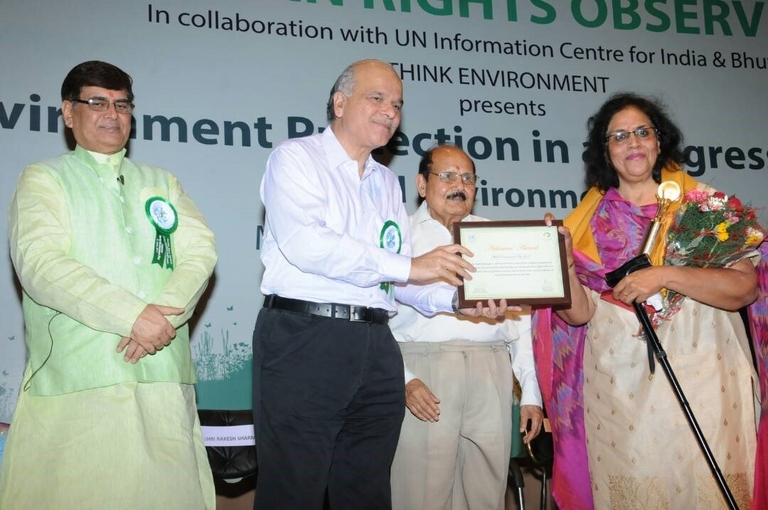
Can you tell us a bit about the important initiatives you have taken, especially rainwater harvesting and Junior Tiger task Force at the Shri Ram School?
Whenever there was any crisis, I made my school a model for other schools to replicate and follow, passing on the message that it can be done. I strongly believe that a school can change society, via its students and parents. Schools create a ripple effect of change.
Rainwater Harvesting:
In 1995/96 there was a prediction of future water shortage and water wars. Not knowing much about Water Harvesting, but with enough trial and errors of digging pits, I joined hands with people like Late Mr Anupam Mishra, Mr Sikka from Delhi Jal Board and Centre for Science and Environment to make the first rooftop water harvesting structure (after Rashtrapati Bhawan). Late Mrs Sheila Dikshit inaugurated the system amidst Principals and schools representatives and RWA’s present. My aim was to spread this amongst the local community. I Was awarded the Chief Ministers Special Award for Water Harvesting and I am now continuing the same here in Agra.
Junior Tiger Task Force:
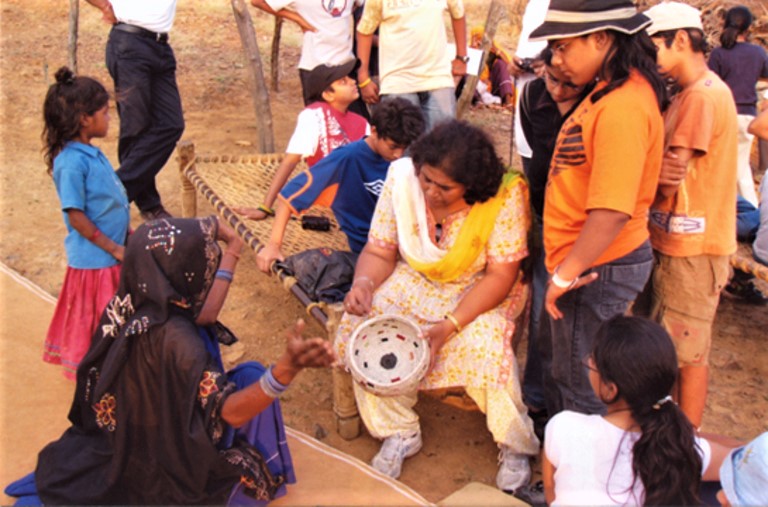
I got TSRS Vasant Vihar to host the Kids For Tigers Sanctuary Asia Tiger Fest in 2005 where I learnt about the sad situation of Sariska. I formed a group of students and we called ourselves the Junior Tiger Task Force.
The immediate visit was to call on the then PM Dr.Manmohan Singh.
We set our appointments and met all the conservationists, and headed straight to meet the Late Fateh Singh Rathore and his NGO Tiger Watch in Ranthambhore.
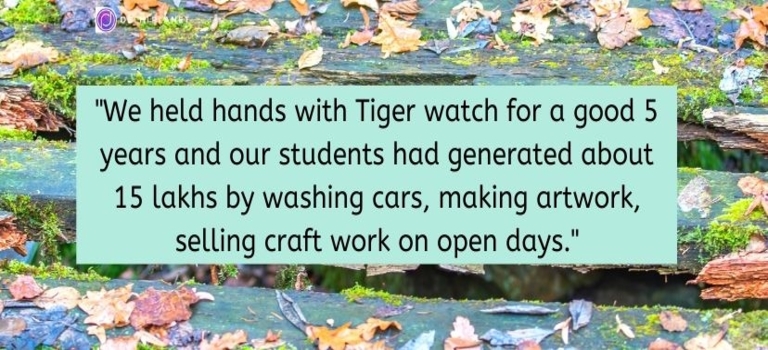
We were then taken to meet Rajmal Moghya, a poacher who had poached 5 tigers and was on the crime list. That was the turning point and I decided that the Moghya tribe needed an alternative means of livelihood. (Moghyas are poor tribals, with hunting skills.) They were being targeted to kill tigers for a few hundred rupees by the likes of late Sansar Chand. I took out a 500 note and handed it to Rajmals wife to make pencil holders and boxes, which would be sold by the students from The Shri Ram Schools and the money earned would be used to support their livelihood. That was the start of the Moghya Rehabilitation Programme in 2005.
We held hands with Tiger watch for a good 5 years and our students had generated about 15 lacs by washing cars, making artwork, selling craftwork on open days. The population of tigers in RNP was 13 approximately in 2005. When we let them take off the number had gone up to 35/40.
We know that you essentially work with children and teach them about the cause. Why do you think it’s really important to teach children about the environment right from a young age?
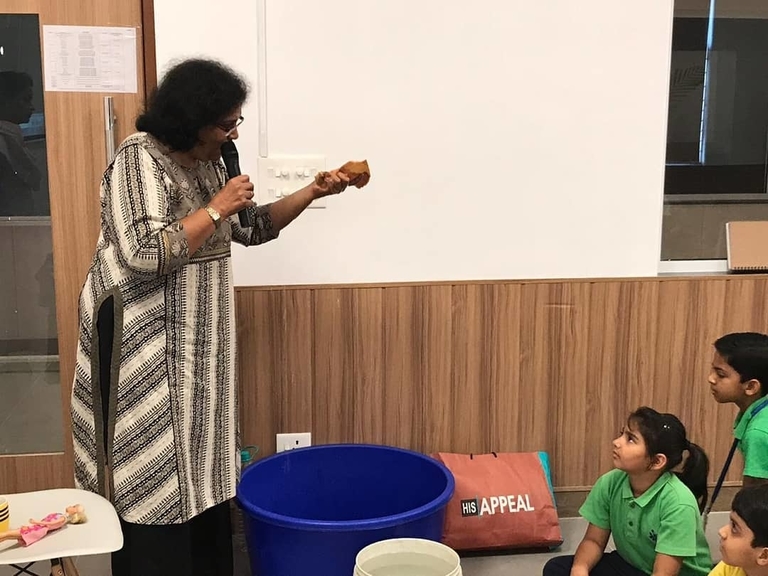
The change in the mindset of the people was most important and this could be brought about by children understanding the issues and working for them. But before all this was my wish to establish the children’s reconnect with nature, which went sadly missing in the urban society. It’s only when you love something that you want to protect it. To love something you need to understand it, and understanding happens by teaching. And thus I designed my own Environment Consciousness Curriculum, which has happily made the biggest difference and impact.
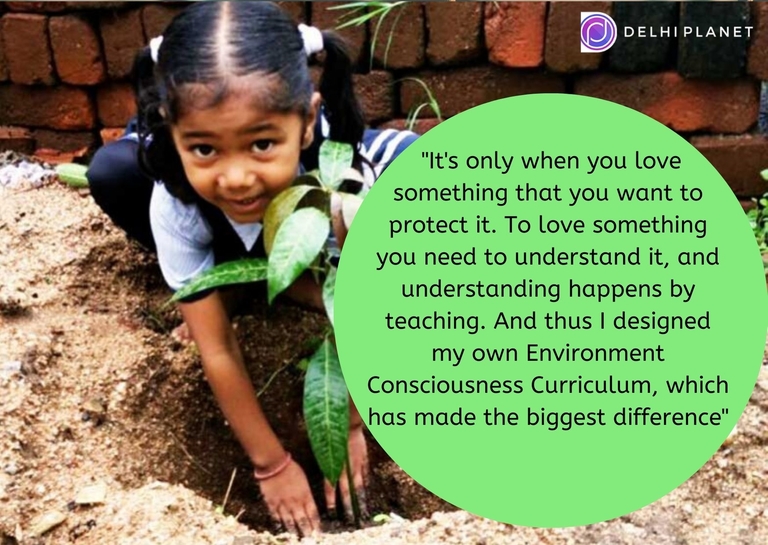
When it comes to the kids’ parents & peers, how do you think they and society can take steps at their own level to protect our environment?
I feel organizations should go about green business, having a minimal negative impact on the local community. A means to meet the needs of the present world, without compromising the ability of future generations to meet their needs.
In your view, what little steps can people take within the boundaries of their homes which can help the environment?
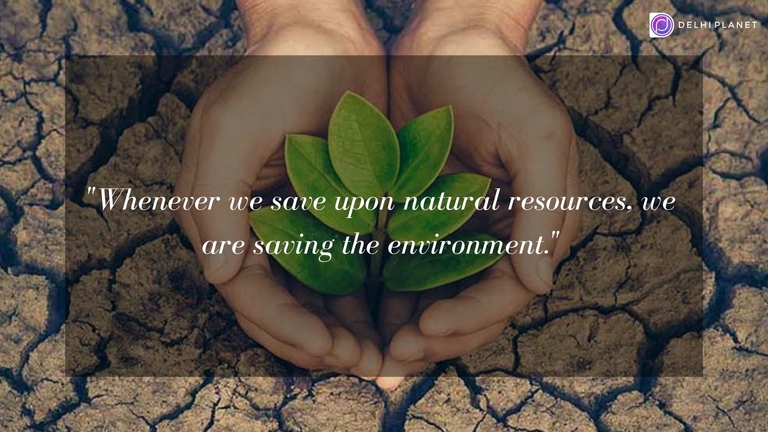
Whenever we reduce the amount of water usage, save on petrol, reduce the usage of electricity, prevent items from going to landfills or save upon natural resources—we are saving the environment.
Lastly, we know how you have dedicated your life to this cause. Still, what are your future plans in this regard?
My future plans are to continue with my work so that more and more people make sustainability, their way of life. I sincerely hope that Environment Consciousness Curriculum can be followed by all schools urban and rural, until, we cross the bridge to a sustainable mindset.
Featured Image Source: Shuttershock




